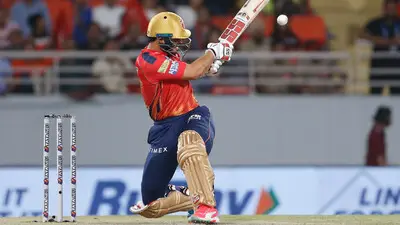Recommended Stories
Noted herpetologist H R Bustard, who visited the museum at the local palace, claims that the skull measuring one metre is the largest one to get anywhere in the world.
"I was left awe-struck by the shape and size of the skull. The second largest croc skull is at British museum in London. It is 70 centimetre long. The skull in Rajkanika museum is 30 cm longer than that at the British Museum. It is preserved with technical supervision by the scion of erstwhile Kanika zamindary, Shibendu Narayan Bhanjdeo," said Bustard, who had launched the crocodile conservation project in Bhitarkanika Wildlife Sanctuary in mid-seventies.
"I would draw the attention of International Union of Conservation of Nature (IUCN) to accord recognition towards the croc skull in Kendrapara," Bustard said.
Bhitarkanika has also the distinction of housing 22 foot long crocodile in the wild, which worlds largest living crocodile as per Guinness Book of World Record.
Bhanjadeo of erstwhile kanika zamindary that ruled the river-locked Rajkanika region for over a century, said the croc skull is the most precious possession of the museum run by a trust.
The skull of an estuarine crocodile preserved at a miniature museum in Kendrapara districts Rajkanika continues to arouse considerable curiosity and attention of eminent reptile researchers.
Bhanjdeo is still in possession of other wildlife trophies that include skulls of male elephants, spotted deer and hide and skin of a Royal Bengal Tiger.
"I feel proud that I have managed to preserve the croc skull which has been recognised as worlds largest one. As keeping wildlife skulls in home is an offence under wildlife protection act, part of my ancestral palace has been converted into a miniature museum," he quipped.
The state forest department has granted permission for the purpose. They also make periodic inspection of preserved articles. The one metre long skull is preserved by latest chemical treatment technique to keep the trophy intact.
Reminiscing the past, Bhanajdeo said his great grand father Late Shailendra Narayan Bhanjdeo had shot down the rogue croc way back in 1926. And since then, it finds a pride of place in our palace.
The rogue male croc had killed as many as 26 people mostly women before it was killed.
As the locals say the then king had done a service to people by killing the rogue croc that had wrought havoc then.
The royal scion has no immediate plan for handing over his prized possession to state government museum.
"The state government has accorded me legal authorisation to keep in custody the animals skeletal remains. How can I give away with these things linked with the cherished memory of forefathers?," he asks
"A decade back our palace had been burgled. But the croc skull was spared by burglars. They had, however, decamped with ivory," he said.












